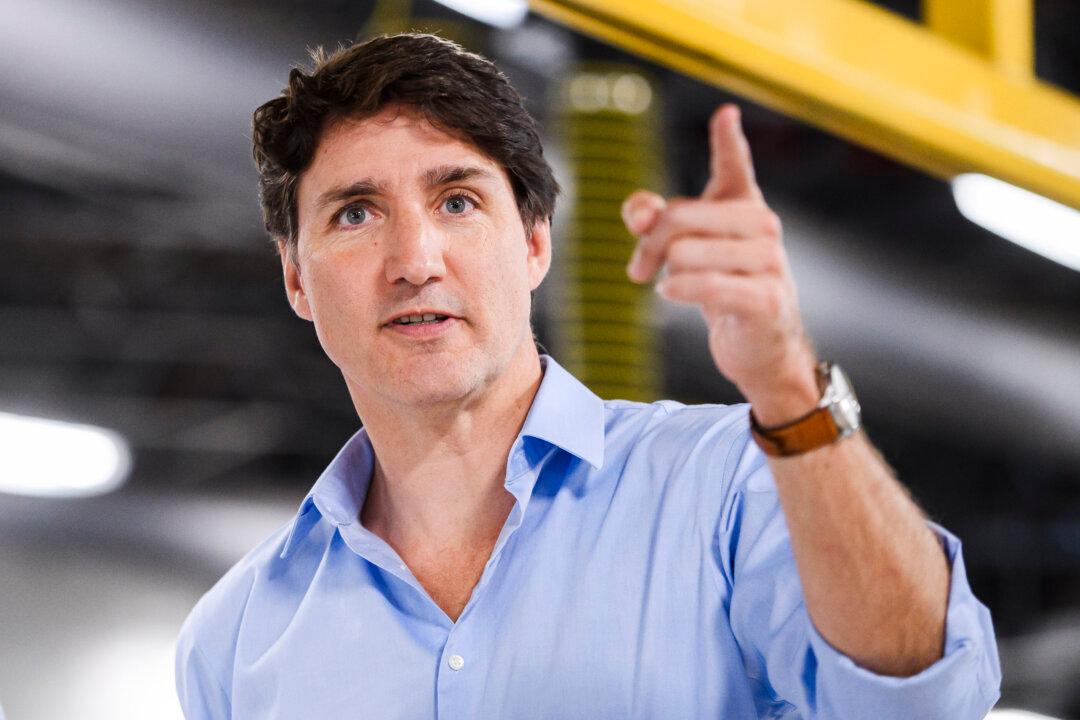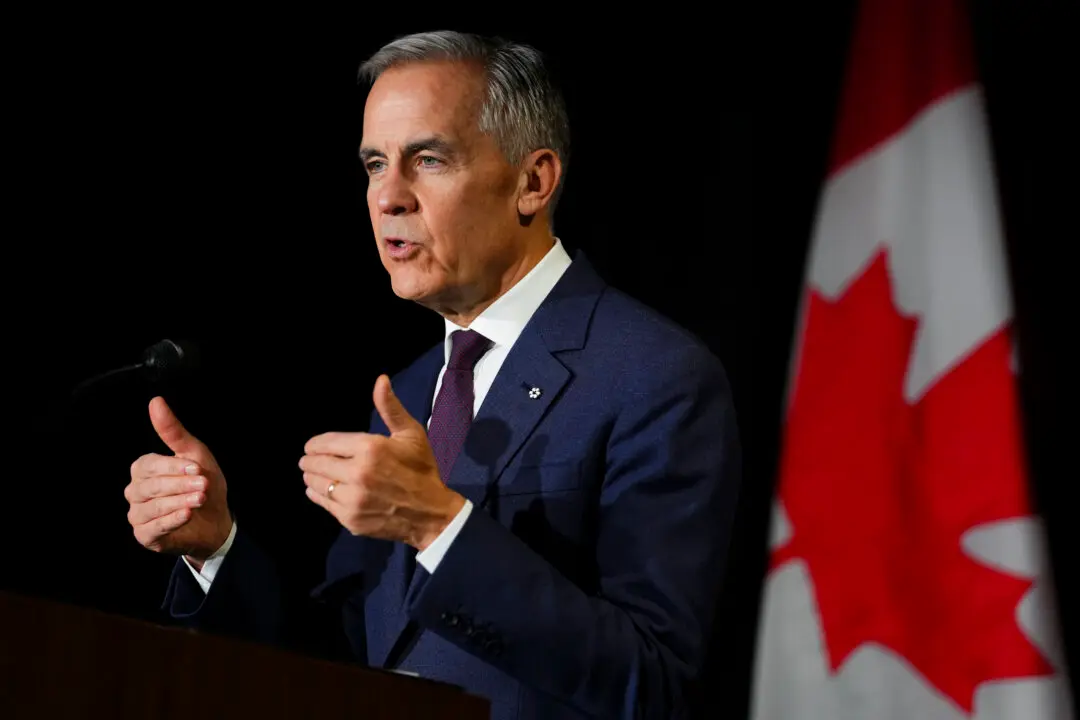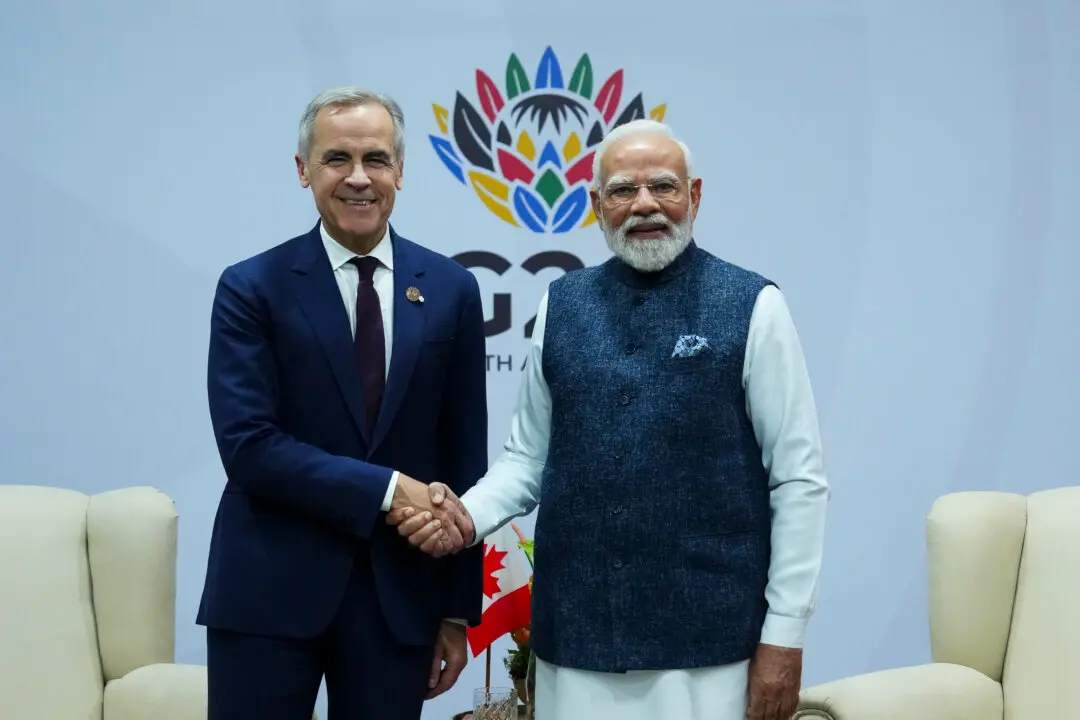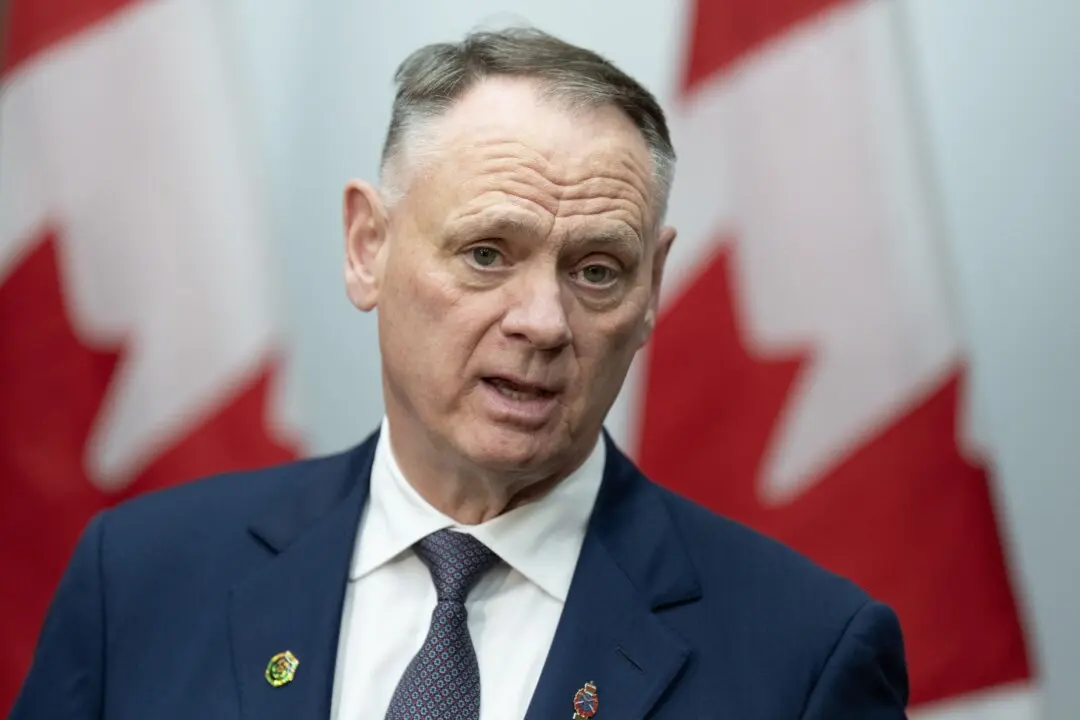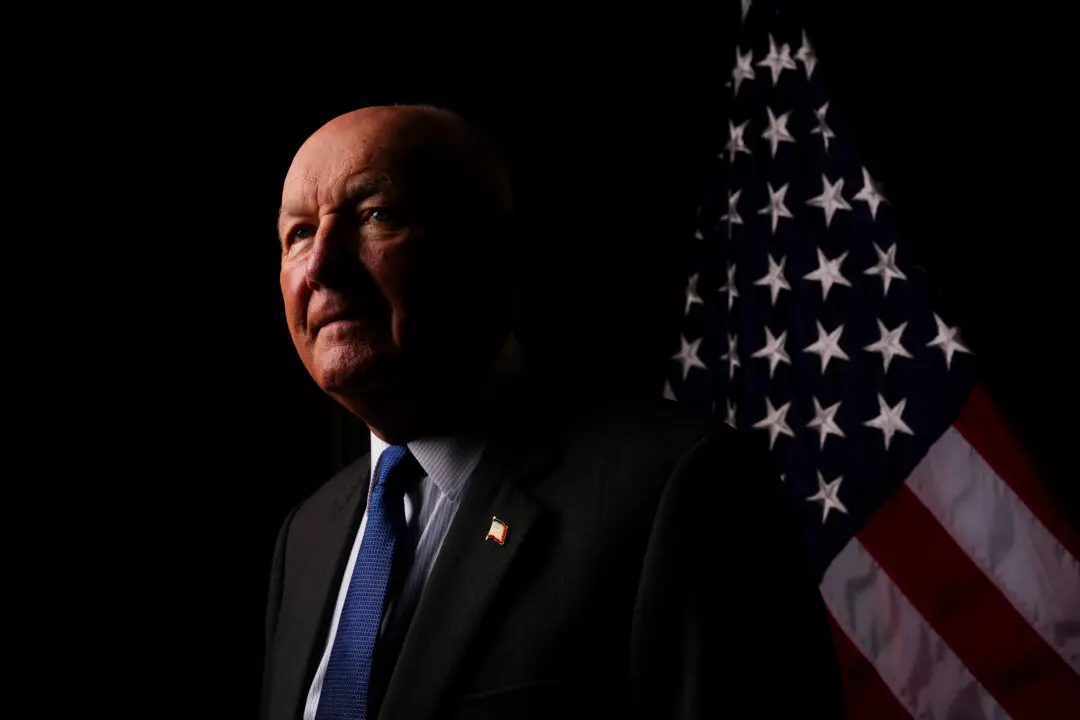Prime Minister Justin Trudeau took multiple hits over the summer, with two major ones coming just before he faces a Liberal caucus eager to hear how he plans to start adding to the win column.
After meeting with his Ontario caucus in mid-August and his Quebec caucus this week, Trudeau will face all of his MPs when they meet next week for a retreat in Nanaimo, B.C.
